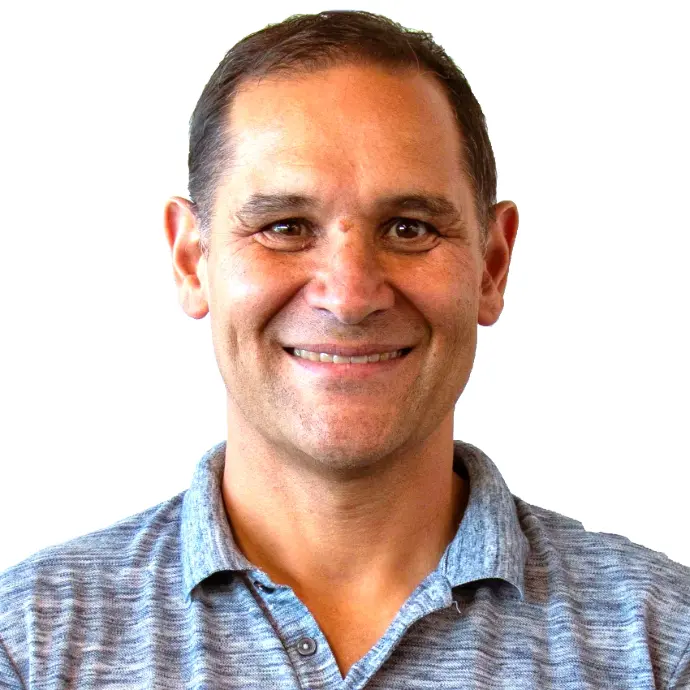As strength fades for people with Motor Neurone Disease (MND/ALS), safe transfers become central to both quality of life and caregiver safety.
Recognising the tipping point
Most clients start with some standing ability, but as lower-limb and trunk weakness progress, the pivot transfer becomes risky. The red flags are familiar – knees giving way, caregivers reporting back pain, or near-misses during toileting. That’s the moment to reassess.
Best-practice guidelines, including New Zealand’s Best Practice Recommendations for the Care of People with MND, encourages proactive equipment planning. Waiting until a crisis not only endangers the client but can double care requirements overnight.
Matching the device to the stage
Manual aids (transfer belts, slide boards) suit early stages while partial weight-bearing remains.
Sit-to-stand lifts work if the client can still bear through the legs and engage actively.
Full hoists become necessary when weight-bearing is lost or cognition declines.
Between those stages lies a gap – when a client can no longer stand safely but still sits upright. This is where a sit-to-sit hoist such as the Kera fits.
The sit-to-sit option
The Kera sit2sit is a mechanical transfer aid developed in Christchurch and tested to international hoist standards (ISO 10535:2006.) It lifts the client from one seated surface to another using a torso strap and knee support, requiring no leg power. For the caregiver, it enables a single-handed transfer with minimal effort. For the client, it avoids the discomfort and loss of control often felt in a full sling hoist.
Clinical use is appropriate when:
- The client is non-weight-bearing but maintains head and trunk control (further controls can be added when the client loses head and trunk control.)
- The caregiver can operate equipment safely by themselves.
- Upright posture is tolerated, and the environment suits a compact wheeled base.
Contraindications include severe contractures, poor skin integrity, or unstable medical conditions requiring constant ventilation. As always, a clinical assessment is required before prescription.
Kathy and Paul – managing transfers at home without moving to a sling hoist
Kathy was hesitant to move to a hoist as her MND progressed, but she and her husband Paul found the Kera sit2sit offered a middle ground. It allowed Paul to keep caring for her safely at home without needing a full sling hoist or extra help.
They’ve continued adapting as her condition changes – adding accessories and adjustments through HT Systems to keep the device working for them. For OTs, this story highlights how sit-to-sit technology can extend the period where single-caregiver support remains safe and sustainable.
Why it matters
Community care in both NZ and Australia, and globally, increasingly relies on single-caregiver models. Devices that reduce manual handling risk without sacrificing dignity are essential. The Kera’s sit-to-sit technology supports that shift – giving clients smoother, quicker transfers and allowing caregivers to continue safely at home.
For OTs, it offers a practical middle step before resorting to a full hoist. Introduced early enough, it can extend the time a person with MND remains at home with one caregiver, easing both physical strain and emotional stress.
Use this guide to start those conversations early, and give your clients real choices about how and where they want to live.
Talk to us about booking an in service for your team or trialing a Kera sit-to-sit hoist today.
in Australia | in New Zealand |
|
|
Richard Shepherd rshepherd@htsystems.com.au 0466 869 289 | Alex O'Keefe aokeefe@htsystems.co.nz 027 4391 636 |
Hapai Transfer Systems Ltd., Richard Shepherd
1 September 2025Share this post
Tags
Kera sit2sit
Our blogs
Archive
All dates April 2025 May 2025 June 2025 July 2025 August 2025 September 2025 October 2025

